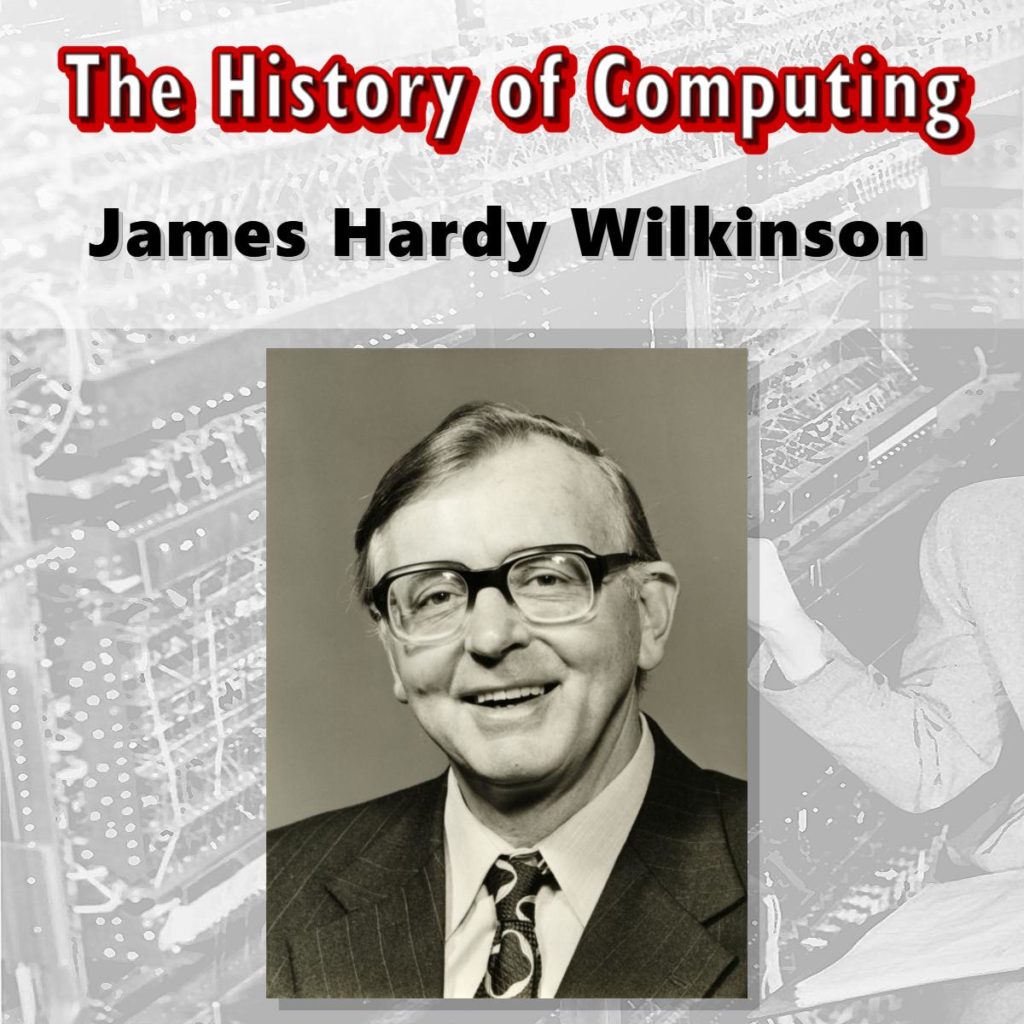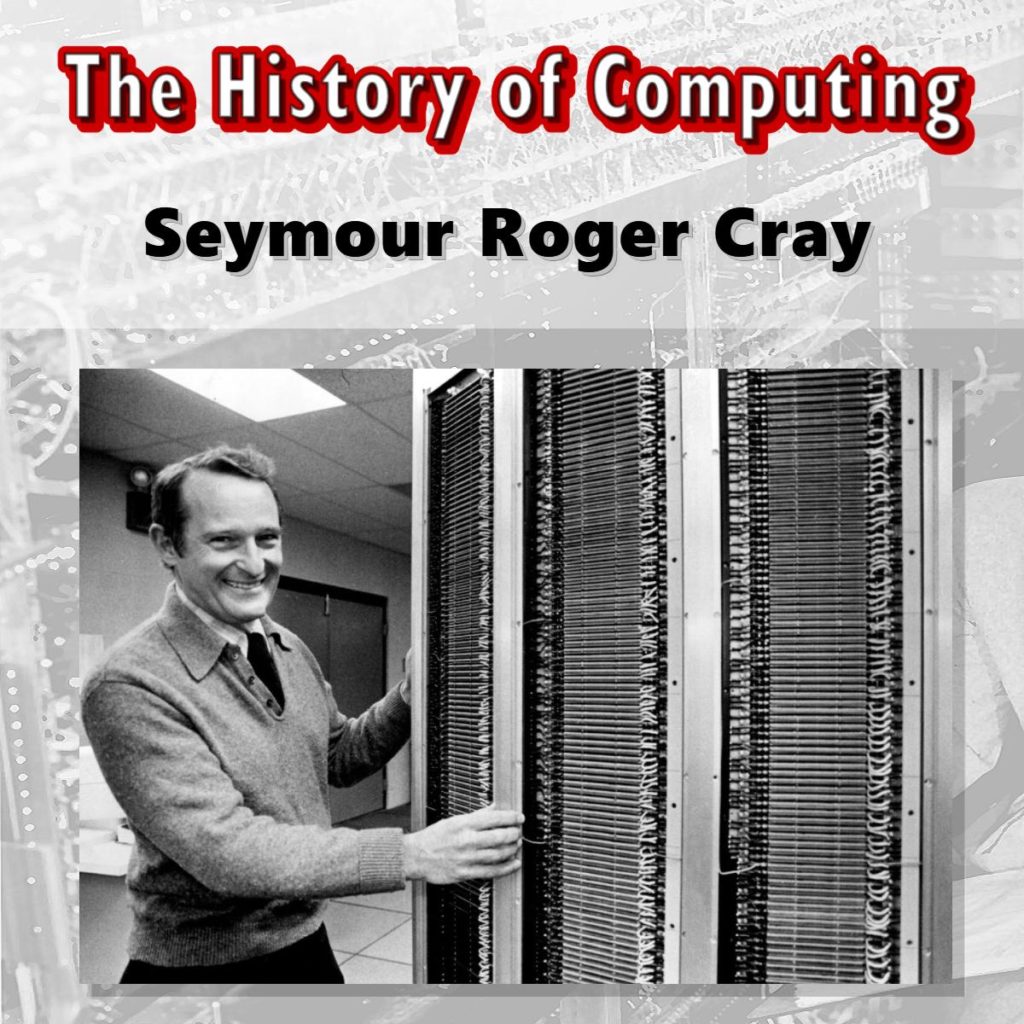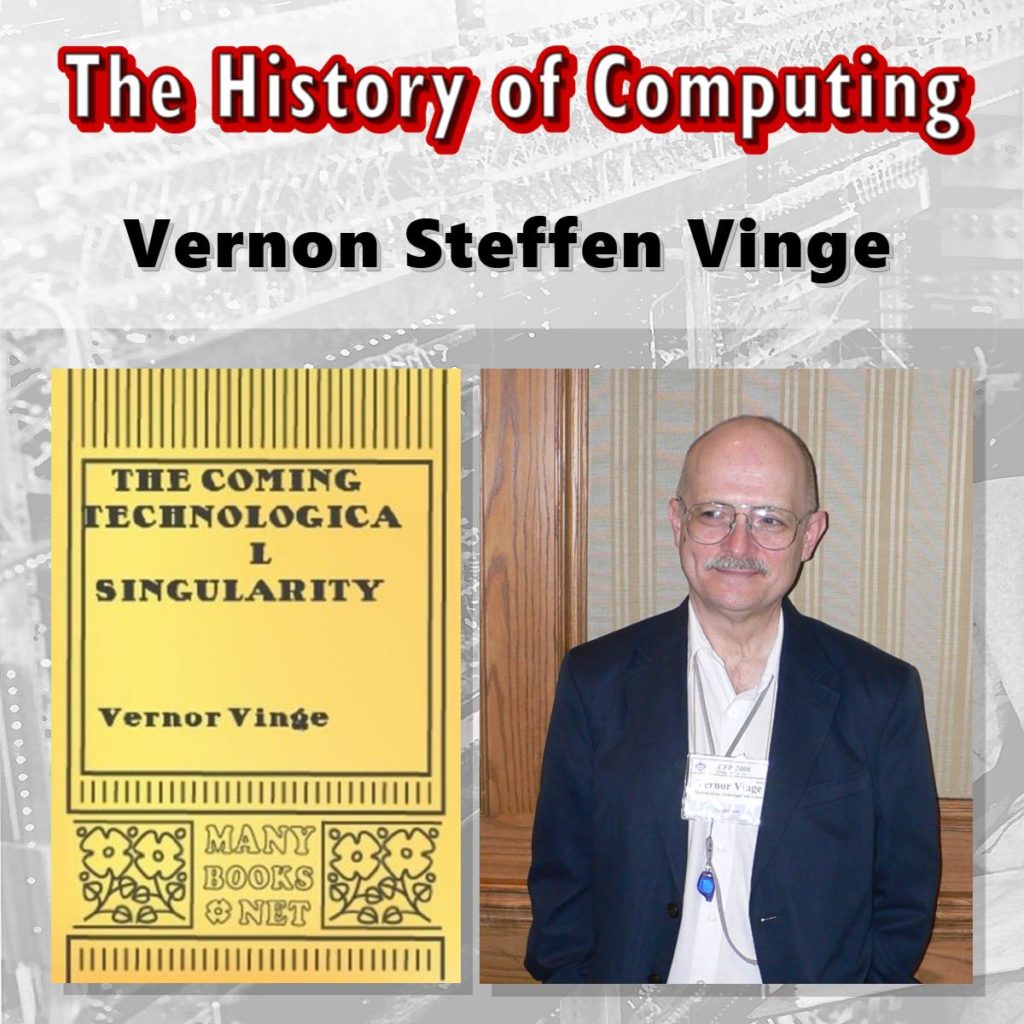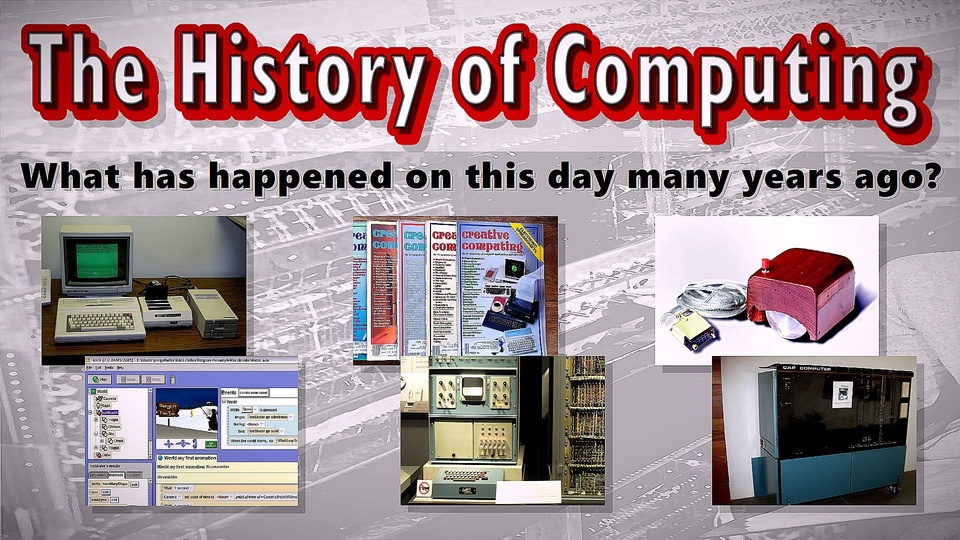
On September 27, 1919 was born James H. Wilkinson. He was a prominent figure in the field of numerical analysis, a field at the boundary of applied mathematics and computer science particularly useful to physics and engineering. Taking up war work in 1940, he began working on ballistics but transferred to the National Physical Laboratory in 1946, where he worked with Alan Turing on the ACE computer project. Later, Wilkinson’s interests took him into the numerical analysis field, where he discovered many significant algorithms.
https://en.wikipedia.org/wiki/James_H._Wilkinson

On September 28, 1925 was born Seymour Roger Cray. He was an American electrical engineer and supercomputer architect who designed a series of computers that were the fastest in the world for decades, and founded Cray Research which built many of these machines. Called “the father of supercomputing” Cray has been credited with creating the supercomputer industry.
https://en.wikipedia.org/wiki/Seymour_Cray

On October 2, 1944 was born Vernor Steffen Vinge, an American science fiction author and retired professor. He taught mathematics and computer science at San Diego State University. He is the first wide-scale popularizer of the technological singularity concept and perhaps the first to present a fictional “cyberspace”. The technological singularity is a hypothetical point in time at which technological growth becomes uncontrollable and irreversible, resulting in unforeseeable changes to human civilization.
https://en.wikipedia.org/wiki/Vernor_Vinge

